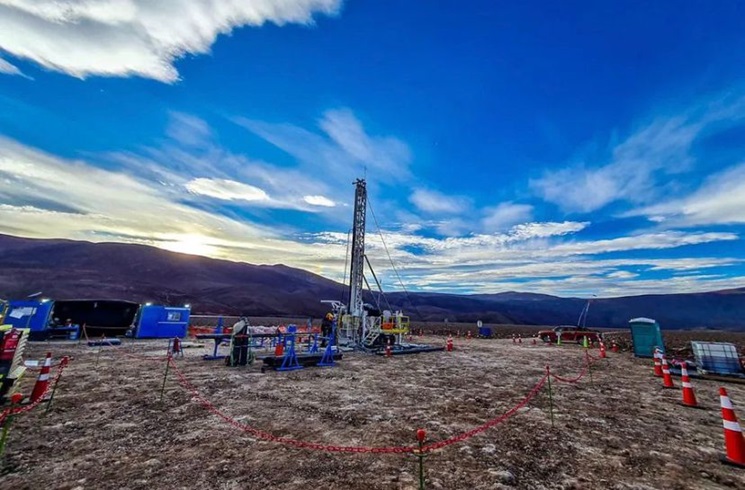In a move that seems ripped from the pages of a tech-fueled future, Chile’s state mining firm ENAMI is gearing up to break new ground—literally and figuratively. As early as 2027 or 2028, ENAMI hopes to kick off construction on its inaugural lithium project, marking a significant stride in the government’s ambitions to carve out a larger slice of the lucrative battery metal pie.
Under the leadership of CEO Ivan Mlynarz, ENAMI is embracing a dual role: continuing its legacy in copper processing while diving headfirst into the high-stakes world of lithium production. Partnering with the mining giant Codelco, ENAMI is spearheading Chile’s foray into lithium—a venture that aligns with the global race toward electric vehicles (EVs) and renewable energy.
Chile, already the world’s second-largest lithium producer, finds itself at a crossroads of opportunity. The EV revolution has ignited a fierce competition among automakers and nations alike, all vying for the ultralight metal that powers modern batteries.
To bring its vision to life, ENAMI recently announced a hunt for a private partner to provide financial muscle and operational prowess for its project at the Salares Altoandinos, a trio of salt flats nestled in the Atacama region’s arid expanse. The deadline for applicants is June 7, with ENAMI aiming to finalize its choice by March 2025.
“We are laying the groundwork now, developing the necessary engineering so we can start construction around 2027 or 2028,” Mlynarz revealed in a Wednesday interview. He emphasized the Finance Ministry’s goal of launching new lithium production in Chile by 2030.
Mlynarz envisions a collaboration with partners who not only have deep pockets but also the know-how to navigate the complexities of such an endeavor. Chile’s lithium landscape is currently dominated by SQM and U.S.-based Albemarle, but ENAMI’s ambitious project could shake up the status quo.
Projected to yield around 60,000 metric tons of lithium annually, the Altoandinos project is still in its exploratory phase. Mlynarz explained that thorough exploration is essential to determine lithium concentration and other critical data, which will, in turn, influence ENAMI’s investment decisions and the size of its stake in the venture. The project spans nearly 30,000 hectares of salt flats, including Aguilar, La Isla, and Grande.
Interestingly, French lithium company Eramet has already acquired mining concessions in the same region, seeking to navigate the regulatory labyrinth for lithium extraction. Mlynarz hinted at a potential collaboration with Eramet, contingent on the extraction methods chosen.
In a further twist, ENAMI recently received proposals from 30 firms, including industry heavyweights like Eramet, Rio Tinto, and LG Energy, to pilot test innovative extraction technologies. The goal is to select five to seven promising technologies that could shape the future of lithium production.
As Chile’s lithium aspirations inch closer to reality, the desert winds of the Atacama may soon carry the hum of progress—a testament to the nation’s drive to harness its mineral wealth and propel the world into a greener, more electrified era.
(Photo: SaltWire | Reuters)









